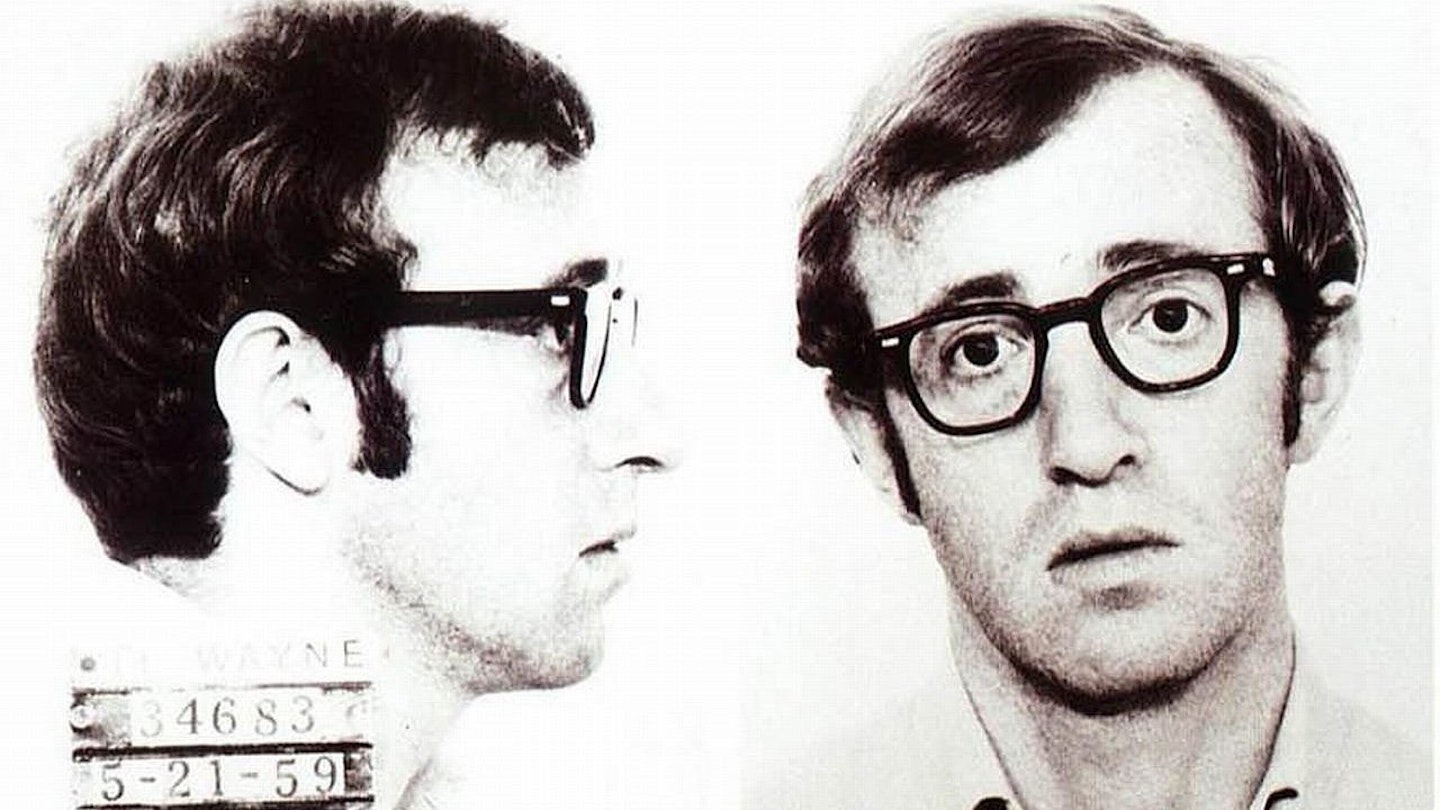Following Casino Royale, United Artists offered Woody Allen the chance to make his directorial debut, providing he did it in Britain, in black and white and for $750,000. There was even talk of a collaboration with Jerry Lewis before Allen persuaded Charles H. Joffe and Jack Rollins to produce. Keen to avoid actorly ego and producorial interference, Allen turned the project into something of a one-man operation, although Mickey Rose co-wrote the screenplay, which was based on the Naked City type of TV show. But it was only after the picture wrapped that any problems became apparent.
Allen's preparation was reasonably thorough. Having screened a documentary on Eleanor Roosevelt to gauge the narrative and visual style of a newsreel, he studied such features as Mervyn LeRoy's I Am a Fugitive from a Chain Gang, Jean-Luc Godard's Vivre Sa Vie, Michelangelo Antonioni's Blow-Up and Bo Widerberg's Elvira Madigan. He also borrowed the escape episode from Stanley Kramer's The Defiant Ones and the blaze of bullets finale from Bonnie and Clyde, whose director, Arthur Penn, Allen consulted before production began.
Shooting also went smoothly enough. But test audiences found the picture wholly unfunny and Ralph Rosenblum was called in to do a similar salvage job to the one he had just performed on William Friedkin's The Night They Raided Minsky's. With Allen on tour with the stage version of Play It Again, Sam, Rosenblum had a freeish hand to reconstruct the essentially sketch-like material into a coherent casebook narrative and set-pieces like the `gub' bank robbery and the cello playing in a marching band found their place alongside running gags like the smashing of Virgil's glasses. Rosenblum even suggested the use of New Orleans jazz on the soundtrack (which was supplemented by Marvin Hamlisch interludes), which became a staple of future Allen projects.
Yet still only two prints were struck and it took Vincent Canby's New York Times review to secure the film an audience. Even then, seven years were to elapse before the film turned a profit on its $1.53 million budget.
